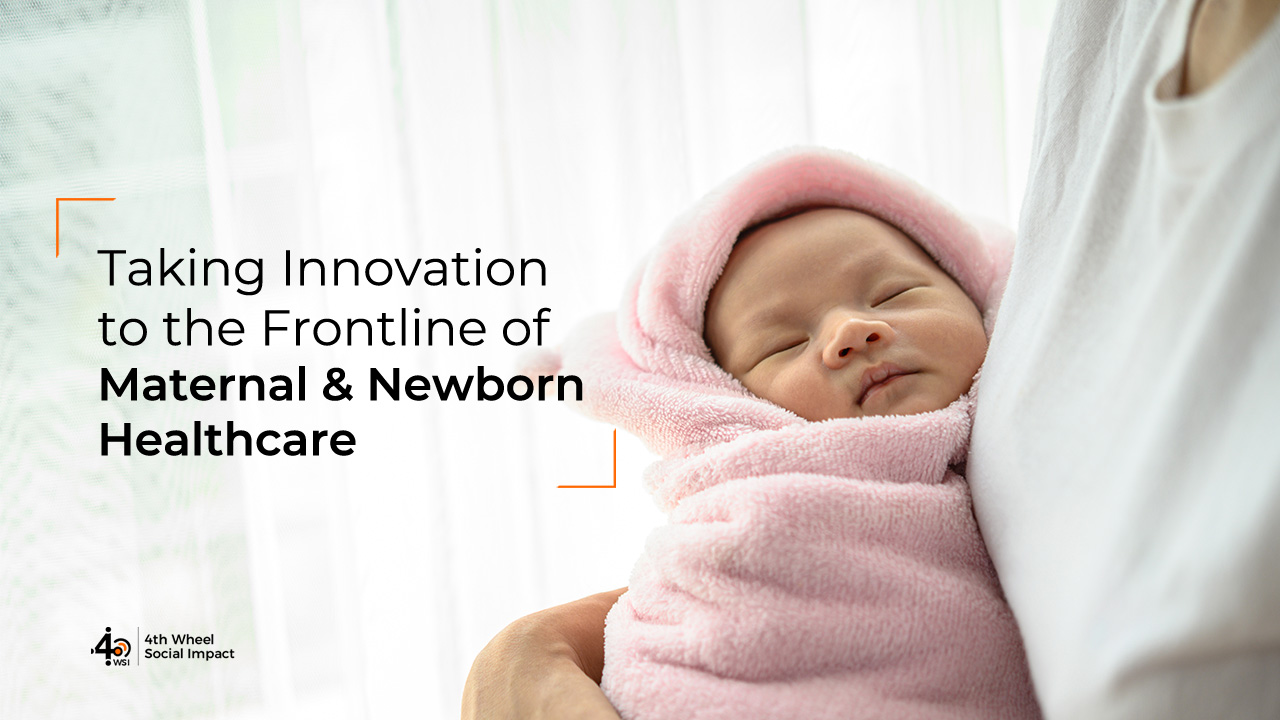“It is health that is real wealth and not pieces of gold and silver” – Mahatma Gandhi
From policymakers to philosophers, health has always been used as a gold standard indicator for how well a country is developing. For professionals working in the development sector, one of the most commonly used indicators to show the level of health in a country is the infant mortality rate (IMR).
The World Health Organisation (WHO) reported that, in 2016, 4.2 million (75% of all under-five deaths) occurred within the first year of life. Shockingly, according to a recent UN report, half of all newborn deaths in the world occur in just five countries – and India is one of them, accounting for 24%. The other countries are Pakistan, Nigeria, Congo, and Ethiopia.
With such a high IMR, it is perhaps not surprising that India also ranks highly for the maternal mortality rate (MMR) – in 2016, the WHO reported that around 17% of maternal deaths, globally, occur in India. Put another way, nearly five women die every hour in India from complications developed during childbirth.
While there is no getting away from the magnitude of these alarming figures, India has witnessed real improvements over the past few years. Recent World Bank data puts the MMR in 2015 at 174 per 100, 000 live births, which is a significant decline from the 215 figure that was reported in 2010. India has also made gains in infant survival, especially over the last decade. The most recent National Family Health Survey (NFHS) reported a decline from 57 deaths per 1,000 live births in 2005-06 to 41 per 1,000 live births in 2015-16.
There are many factors that can be attributed to this improvement – improved female literacy and economic growth, to name just a couple. One other significant factor is the increased investment the government is making in this area. Between 2004 and 2014, public health expenditure increased from 1% to 1.4% of the GDP, a 40% increase over a decade.
Crucially, this increased government attention has been complemented by two other developments: innovations in maternal and newborn healthcare, and, new partnerships between government and private organisations. This dynamic is working to bring, both, new practices and innovations to the frontline and good practices to a larger scale. The most recent project that The 4th Wheel has become a partner on – The Labour Ward project in India – exemplifies such a collaborative approach. (SCOPE)
The Labour Ward is an innovation project being led by M4ID – a social impact company based in Finland. (SCOPE) It brings together expertise from the fields of product, service, and architectural design, in collaboration with maternal and newborn health experts, to improve the birth experience in low-resource settings. The project aims to improve the quality of care from the perspectives of both women and care providers.
Currently, this project is being piloted in two healthcare facilities in the state of Odisha. This provides an important opportunity to learn through practical on-the-ground design, testing, and evaluation process. The project has also teamed up with Care India’s Technical Support Unit to allow for cross-disciplinary exploration on how to co-create, innovate, and discover possibilities that could improve the care experiences of women patients. (CARE India)
The 4th Wheel team is responsible for evaluating the pilots. With a focus on building replicable learning cases in order for the project to be implemented on a larger scale, to help more women around the world have high-quality care experiences at childbirth.
We are delighted to be part of such an innovative project and look forward to working in collaboration with so many experts in the field. In the next blog in this series, we will be talking through some of the innovations from the project and sharing our experiences of how we went about evaluating them.
Works Cited
SCOPE. scopeimpact.fi/
CARE India. careindia.org/
This blog is written by Charlotte Chung, Associate Consultant at 4th Wheel Social Impact.




